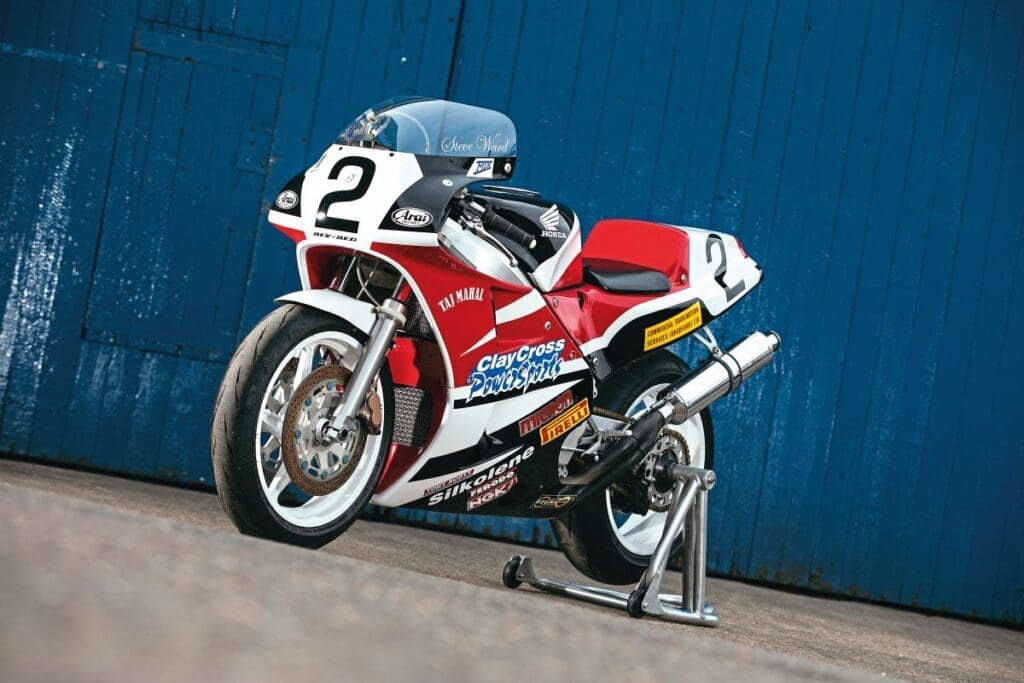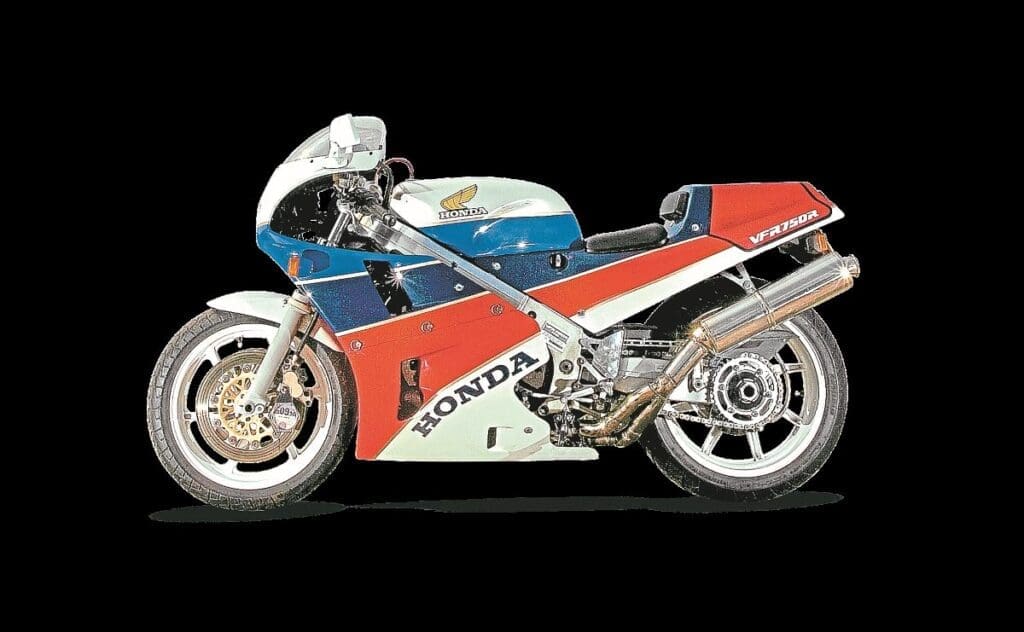In July 1987, Honda finally announced what many had heard already – that they had a new homologation machine for the forthcoming World Superbike Championship that would begin the following year, 1988.

Words: Bertie Simmonds Photographs: Mortons Archive
Called the Honda VFR750R, it would soon be known by mainly its model code: RC30. The launch took place towards the end of the year at a wet Suzuka and any thought that it would be a souped-up VFR750F were soon scotched – despite sharing the same 70 x 48.6mm bore and stroke. Instead this bike’s DNA was much more ‘factory RVF…’
The RC30 cost twice as much as the road-going VFR750F (around £11,500 compared to around £6500) despite having similar engine architecture (but 10bhp more) and an all beam frame. The RC30 had an endurance-styled twin-lamp stare (smaller headlights on the Japanese version) and a single-sided swingarm that was also useful for endurance racing (the VFR’s would come later), and on the whole it was 35 kilos lighter than the 1988 VFR750. Dimensions and geometry were more like that of a Grand Prix machine than a sports tourer…

In racing it proved to be a big hit in both national/domestic racing and on the world stage. It would take the first two World Superbike titles in the hands of Fred Merkel. The bike would be ridden by most of the top riders of the day, including Carl Fogarty, James Whitham, Roger Burnett, Terry Rymer, Niall Mackenzie, Steve Hislop, Joey Dunlop and Phillip McCallen. In road-race trim, the big names swore by the RC30’s dependable handling, including privateers like Steve Ward, who raced the bike you see here (#2.)
Such was the brilliance of the bike, it was still largely competitive into the early 1990s – especially on the roads. However, while WSB was becoming a Ducati benefit, some well put together domestic championship RC30s could still compete nationally, such as the Castrol Honda Britain RC30s, ridden by future 500cc GP winner Simon Crafar and (in the USA) the Two Brothers Racing RC30 ridden by former 500cc champ Freddie Spencer.
Of course by 1994 the bike was finally retired in favour of its successor, the fuel-injected and more ungainly looking RC45… This V4 was not the instant hit the RC30 had been, taking three seasons to finally get its one and only WSB championship win, with John Kocinski in the saddle.




